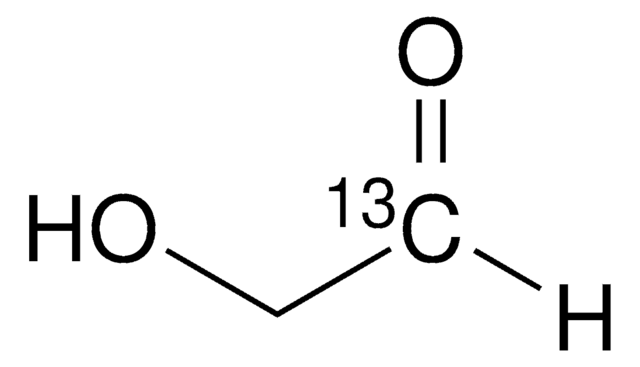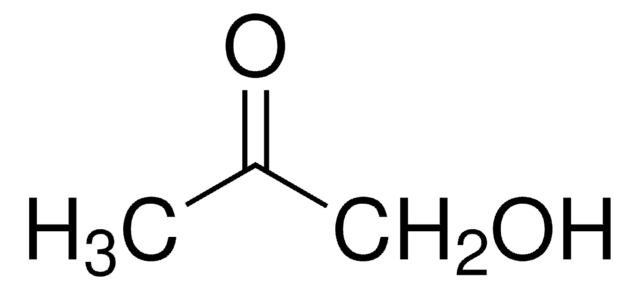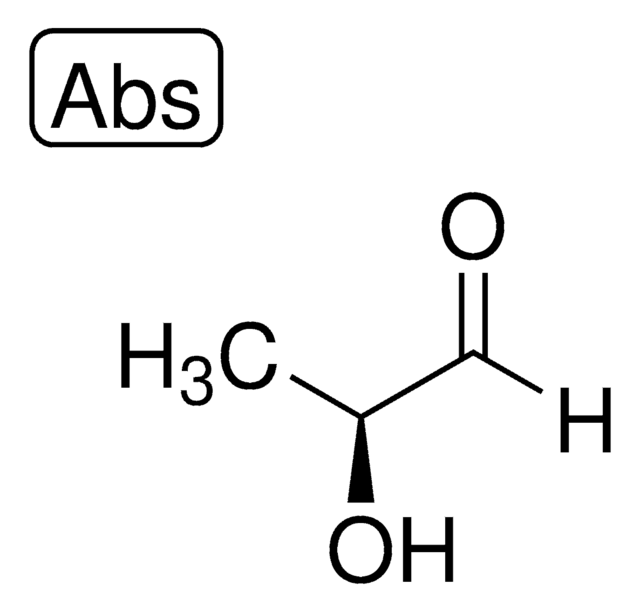G6805
Glycolaldehyde dimer
crystalline, mixture of stereoisomers. Melts between 80 and 90 °C depending on stereoisomeric composition
Synonyme(s) :
1,4-Dioxane-2,5-diol, 2,5-Dihydroxy-1,4-dioxane, Hydroxyacetaldehyde dimer
About This Item
Produits recommandés
Niveau de qualité
Forme
crystalline
Température de stockage
2-8°C
Chaîne SMILES
OC1COC(O)CO1
InChI
1S/C4H8O4/c5-3-1-7-4(6)2-8-3/h3-6H,1-2H2
Clé InChI
ATFVTAOSZBVGHC-UHFFFAOYSA-N
Vous recherchez des produits similaires ? Visite Guide de comparaison des produits
Application
Code de la classe de stockage
11 - Combustible Solids
Classe de danger pour l'eau (WGK)
WGK 3
Point d'éclair (°F)
Not applicable
Point d'éclair (°C)
Not applicable
Équipement de protection individuelle
Eyeshields, Gloves, type N95 (US)
Faites votre choix parmi les versions les plus récentes :
Déjà en possession de ce produit ?
Retrouvez la documentation relative aux produits que vous avez récemment achetés dans la Bibliothèque de documents.
Les clients ont également consulté
Articles
Noble-metal nanostructures are widely used in a variety of applications ranging from catalysis to electronics, surface plasmon resonance (SPR), surface-enhanced Raman scattering (SERS), and biomedical research.
Notre équipe de scientifiques dispose d'une expérience dans tous les secteurs de la recherche, notamment en sciences de la vie, science des matériaux, synthèse chimique, chromatographie, analyse et dans de nombreux autres domaines..
Contacter notre Service technique








